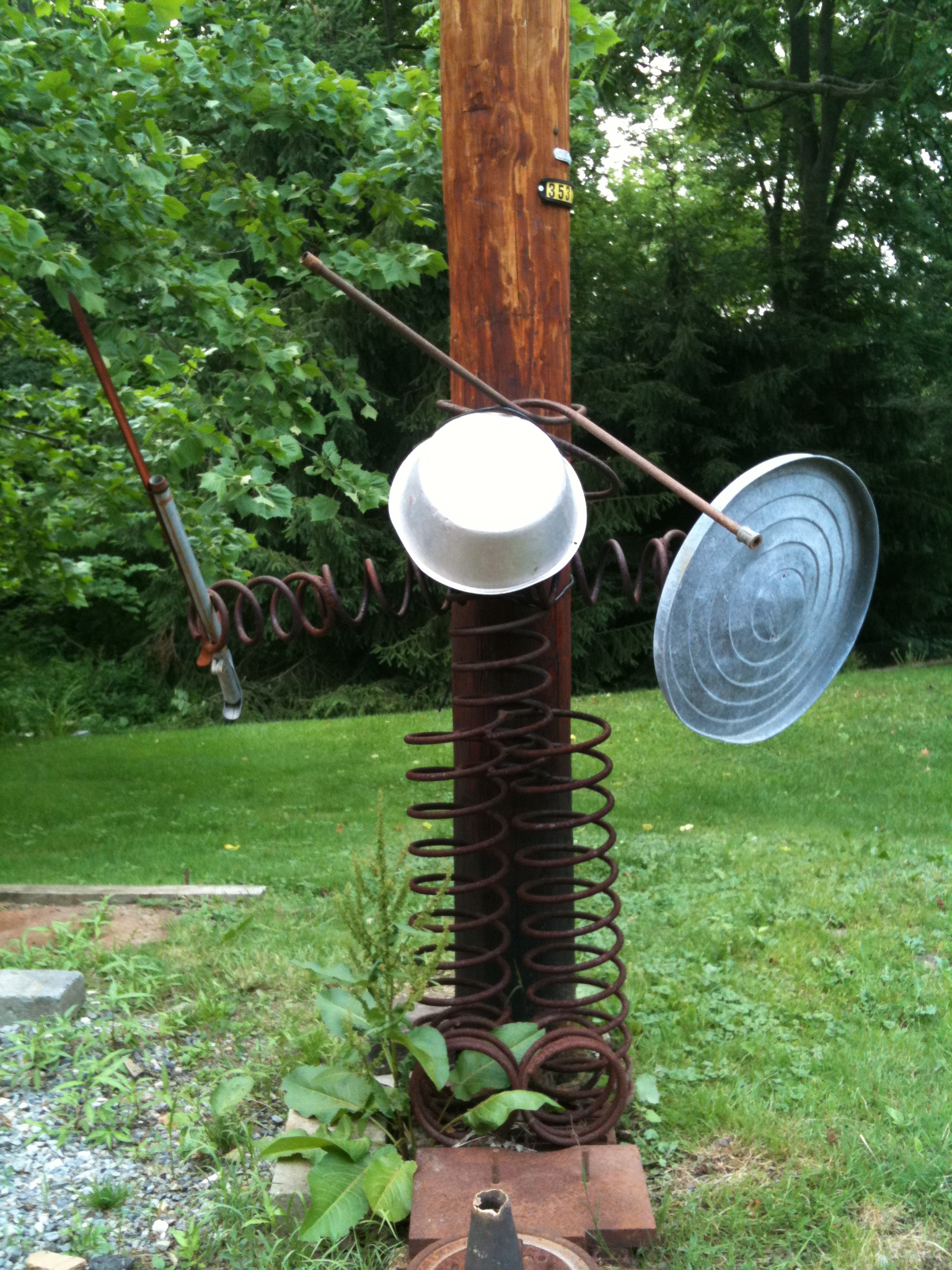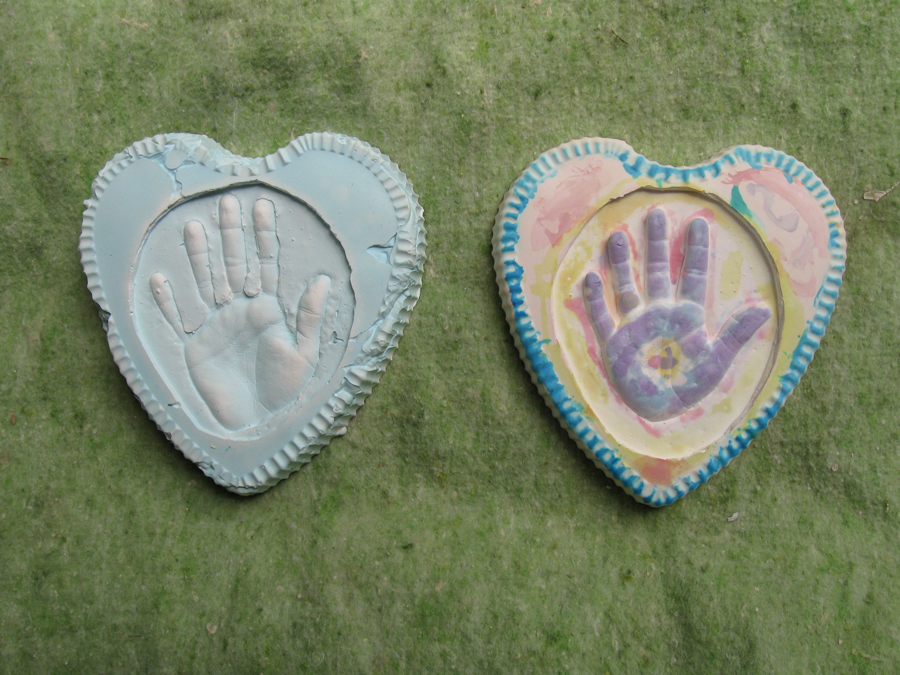 Continuing from last month’s post:
Continuing from last month’s post:
Sometimes we do things without thinking about how they originally came about and if they’re still relevant. We need to reorganize our thoughts and emotions to update our “mental/emotional software” as we experience life…
Putting plastic on furniture (here in Pittsburgh) originated for a variety of reasons, one of them was the steel industry. There was a lot of soot and dust in the air, which got on the furniture and ruined it unless it was covered. Also, people who worked in those environments got a lot of dirt on their clothes, so if they sat down, the furniture was protected.
So, feel free to pull the plastic (or other coverings) off and use those rooms and items. That’s what they’re for. Also, if you’re not using your dining room, it’s okay to clear the table and chairs and china cabinet out of there and use that area as a home office, or as a space for the baby and her toys.
Think out of the box. As you reorganize, question why you do what you do – and if it’s still relevant.
Do you fold the towels a certain way and put them in a certain place because that’s what you were taught? And does that still work for you?
I took a class once and learned to clear a drawer in the kitchen for my kitchen towels and (I know this is heresy) drop them in without folding them. Honestly, it didn’t make a difference that the towels weren’t “properly” folded and I saved time. Same with the bed linens, just put them into a pillow case (unfolded); it’s fast, easy, practical – and doesn’t make a difference. You do know that once upon a time bed linens were ironed, don’t you?
I’m just sayin’…
Free yourself up. Ask yourself if it really matters. And if it does, then keep doing what you’re doing. And if it doesn’t matter any more, re-inspect your habits and change them to fit your current lifestyle.





